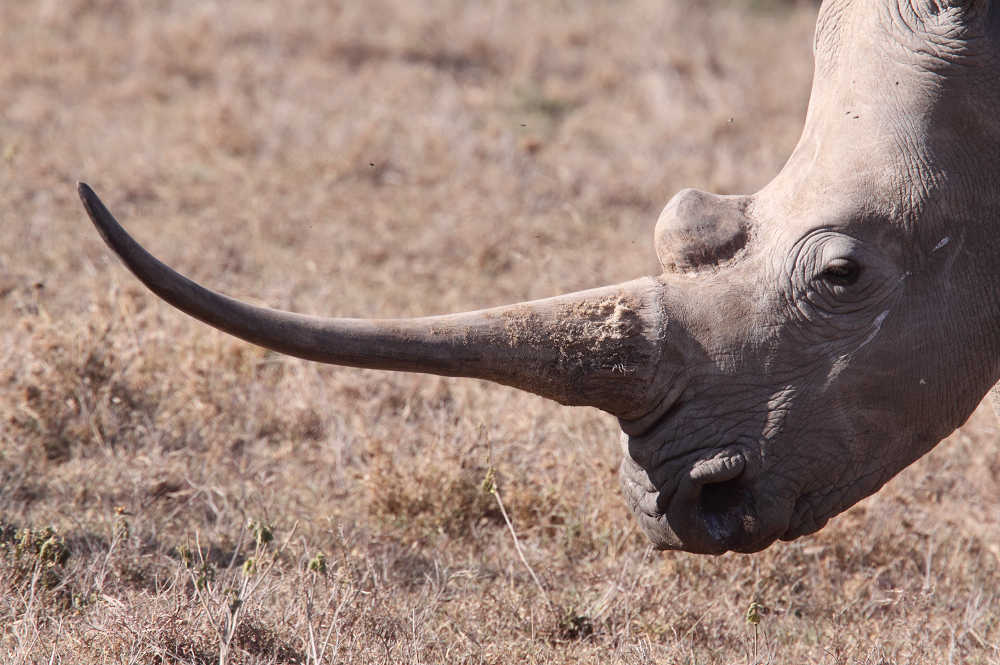The below is the summary text from a paper developed by the African Rhino Specialist Group (AfRSG), on the conservation contribution of the Platinum Rhino Southern white rhino Captive Breeding Operation. Any quotes from the below text should be attributed to the AfRSG. The full paper can be found here.
Platinum Rhino (previously Buffalo Dream Ranch), a registered captive breeding organization (CBO) in South Africa, has built up significant biological assets in the form of about 2,000 southern white rhinos. While this is a major conservation achievement, insights and considerations of southern white rhinos and of their contributions to various values for ecosystems and people suggest that rhino conservation is not simply just about the total number of rhinos. Thriving African rhinos play key ecological roles within ecosystems, within which their evolution depends on their genetic heath, not just on population numbers; they are valued by people as iconic species; and contribute to human well-being.
While these factors are generally recognized, the AfRSG perceives a variety of more specific views, values and expectations associated with rhinos and the role that this species has. The AfRSG thus relied on international guidelines on captive breeding priorities, species outcomes, species and ecosystem trade-offs and informed awareness outcomes to guide a systematic assessment of the conservation contribution of the Platinum Rhino population.
It is important to note that the varied professional views of the AfRSG’s members mean that this assessment dealt with some value judgements on which the group did not have consensus. These differences arise particularly from the business rationale for Platinum Rhino. Notwithstanding these reservations, the group as a whole recognized the innovative rhino breeding practices demonstrated by the project, resulting in a significant addition to the global white rhino population, and agreed that the following rhino conservation issues are currently relevant to Platinum Rhino.
International guidelines for captive, semi-captive or semi-wild breeding projects identify intensive breeding as an important tool when a species is highly threatened.
Southern white rhinos have an IUCN Red List “Near Threatened” conservation status, and the lowest risk of extinction of the five extant rhino species. Excluding ex-situ collections, there were 15,940 southern white rhinos in the global population reported at the end of 2021. The assessment of the conservation contribution of Platinum Rhino must therefore take into account: a relatively low urgency for captive breeding approaches; want of a clear conservation needs analysis at the start of the initiative; very low benefits for other species; and limited benefits for broader ecosystems. Platinum Rhino is, however, assessed as making useful contributions to education, awareness, and research, while increasing southern white rhino numbers and taking some steps to maintain genetic diversity.
Because the Platinum Rhino project was initiated without an objective conservation needs assessment, discussion, guidance or integration into broader scientific perspectives and expertise, the project managers bear responsibility for the outcome, which is clearly positive in terms of rhino numbers, but raises questions about the future of those rhinos.
The natural capital of Southern white rhino within the Platinum Rhino herd likely has significant conservation value for potential rewilding options. Options for rewilding, however, can only be fully assessed if consideration is paid to trade-offs against purchase costs of rhinos sourced from Platinum Rhino, the costs and constraints in rewilding semi-intensively bred rhinos, and the opportunity costs pertaining to other rhino conservation opportunities that may involve similar annual expenditure. The net result is that the scope for improvement in the conservation contribution of Platinum Rhino is narrow and is dependent upon it developing options for rewilding southern white rhinos effectively while enhancing “soft outcomes” by developing educational and awareness opportunities, promoting opportunities for new ownership and ownership models and further enhancing the research output.
The AfRSG will support authorities in the objective evaluation of all potential options and the contribution to outcomes for rhinos and the roles they play in ecosystems as well as values they have for people.








